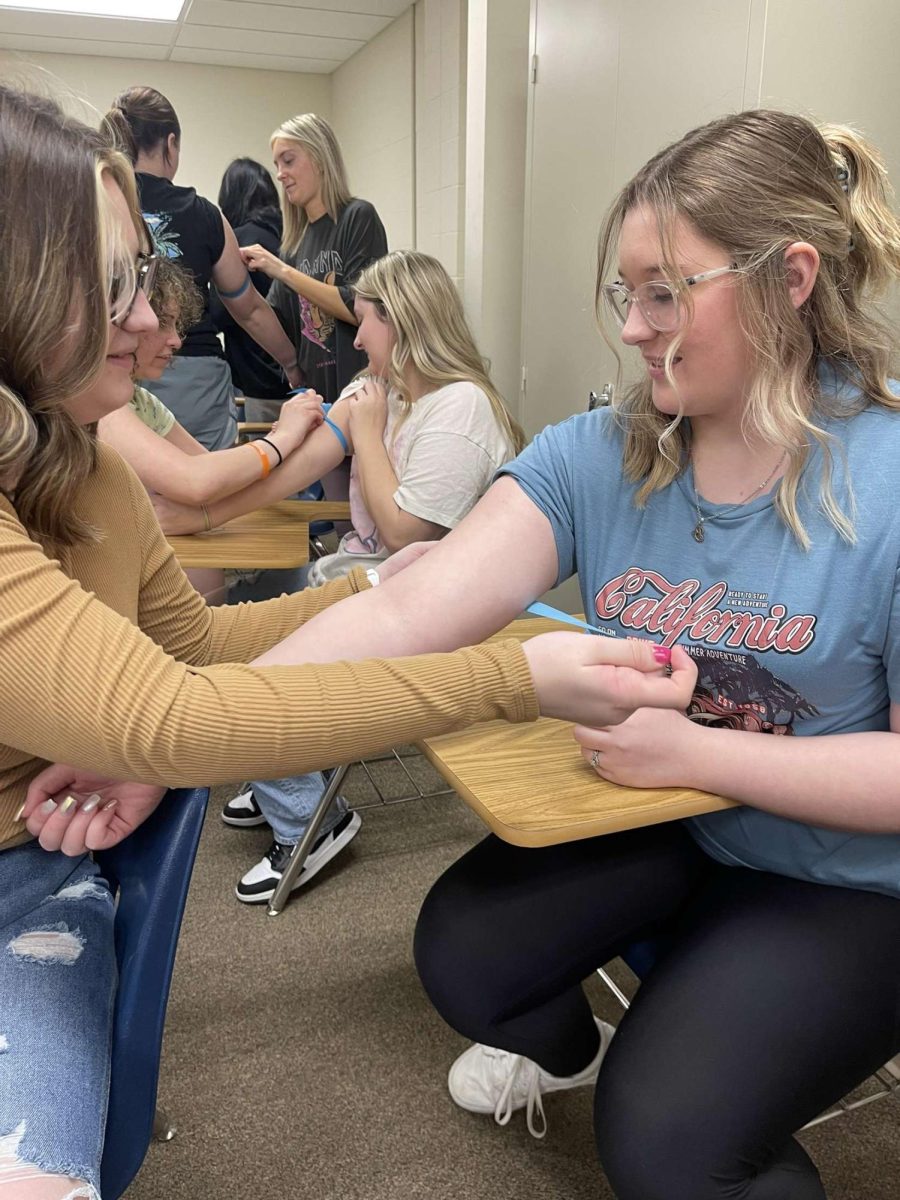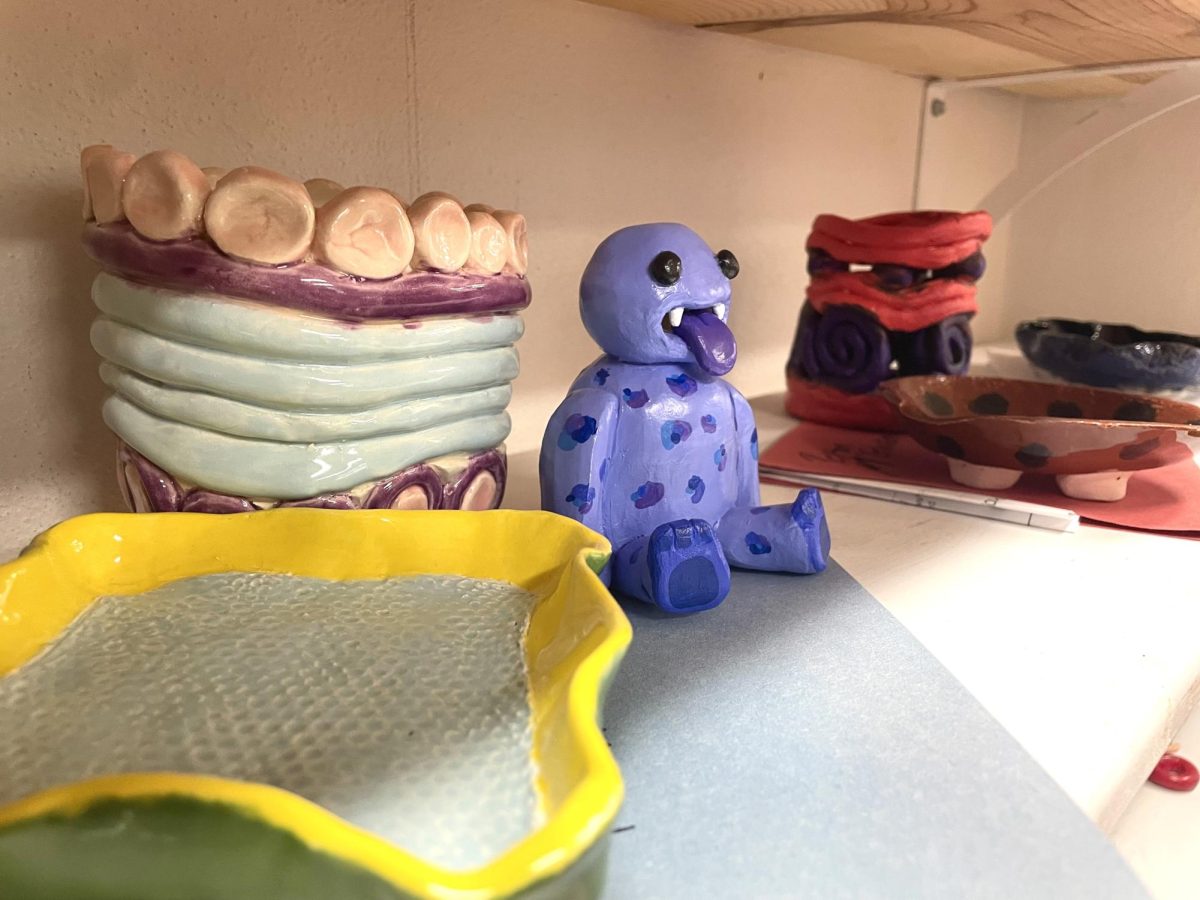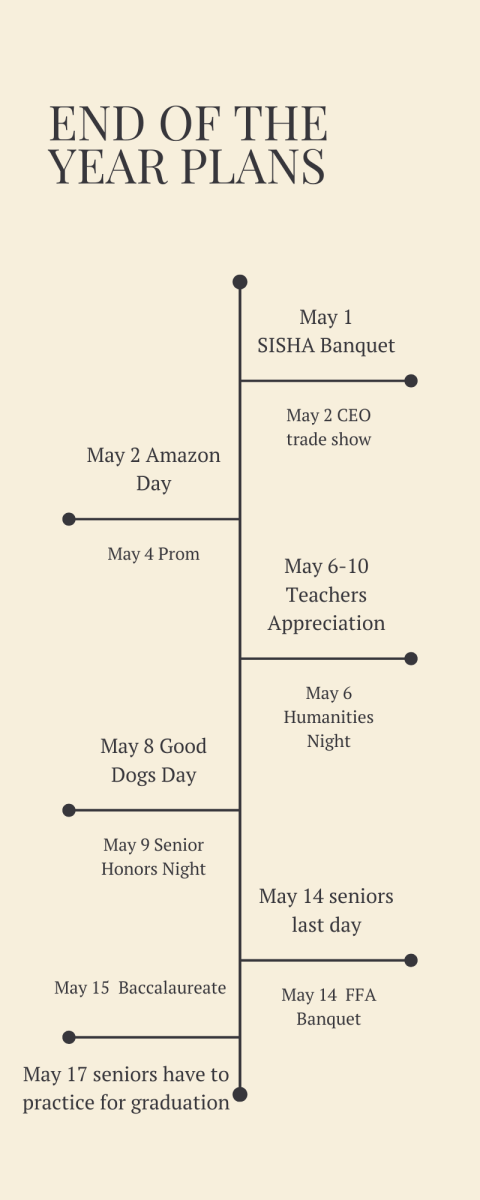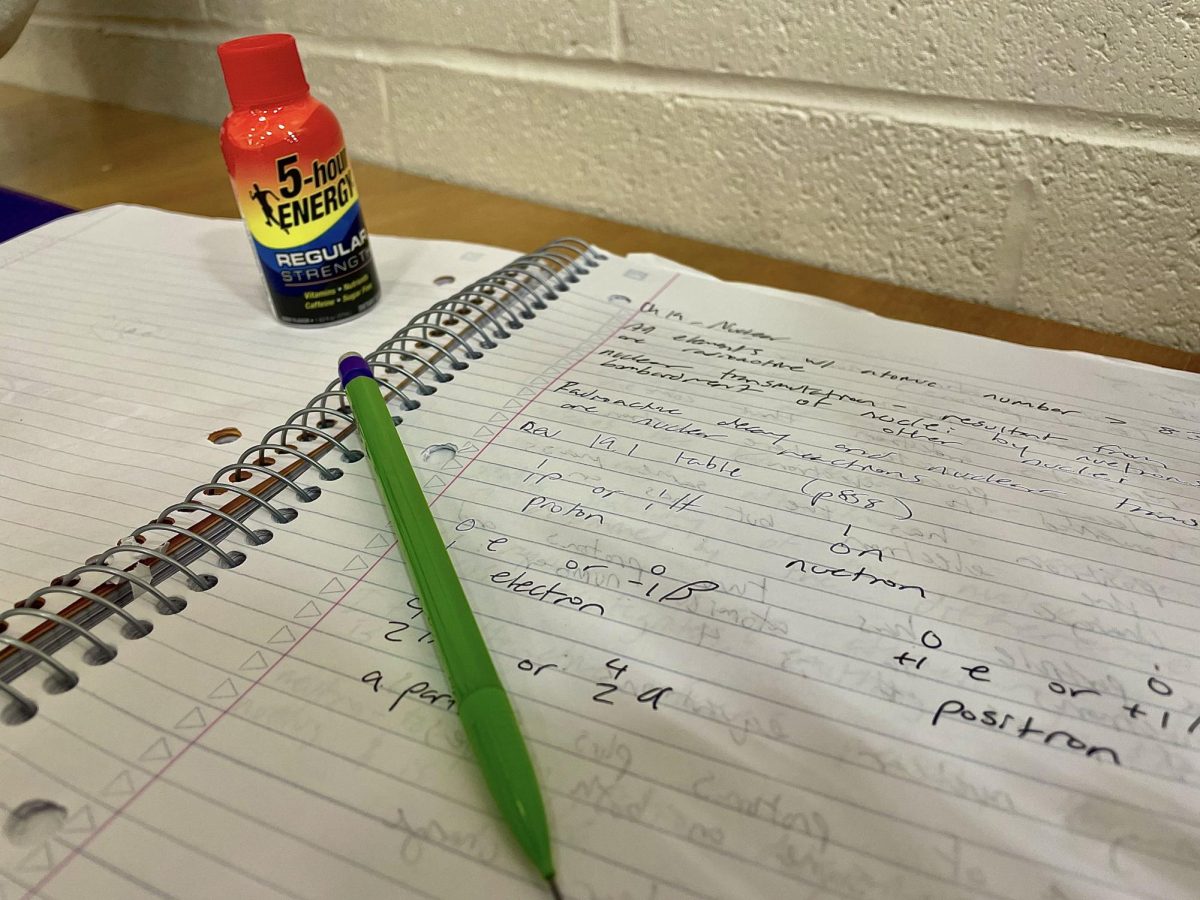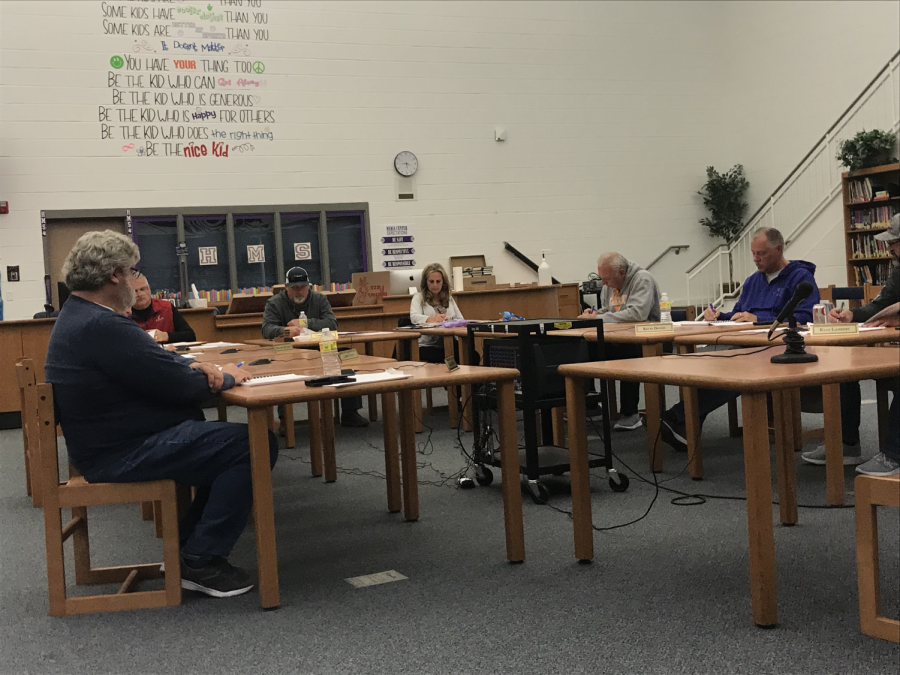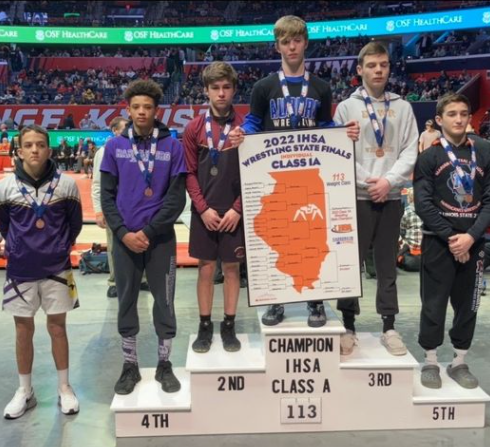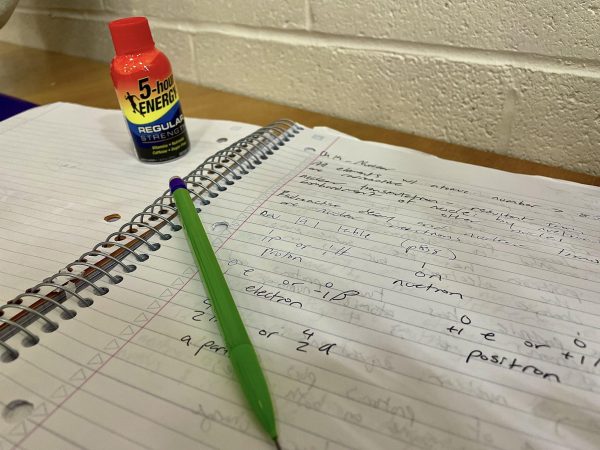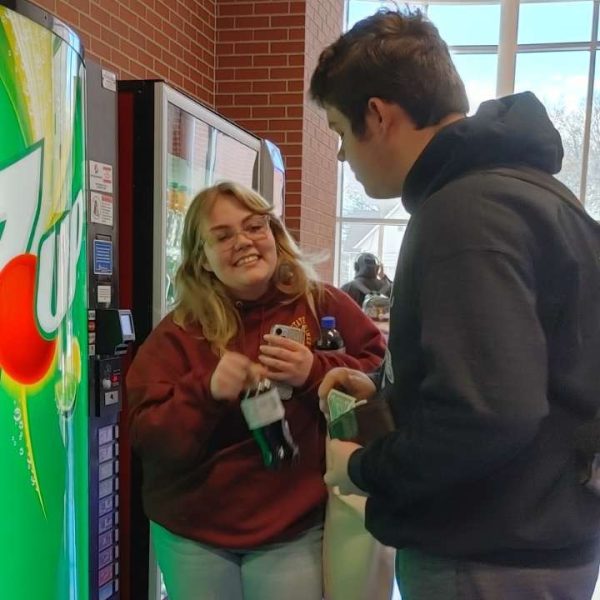Why can’t people test in different ways?
Photo illustration by Sarah Girtman
There are many ways for students to show what they know. Why not employ them?
March 4, 2022
Do you do better gathering information when it is spoken to you or when you can see it yourself? Maybe a mixture of both. Some people might learn better when they’re doing an activity with the material they are learning. How do you study? For some it’s flashcards, while other people maybe like to read the material a couple of times. There are people who even make the material into a song or a rhyme. Everyone learns in their own way. So if people learn in different ways, shouldn’t people test in different ways?
According to Michel Marneus, writer for simplypsychology.org, “Howard Gardner’s theory of multiple intelligences proposes that people are not born with all of the intelligence they will ever have. This theory challenged the traditional notion that there is one single type of intelligence, sometimes known as ‘g’ for general intelligence, that only focuses on cognitive abilities.”
Gardner’s theory suggests that there is more than one type of intelligence. The types of intelligence this theory provides are: verbal-linguistic intelligence; logical-mathematical intelligence; visual-spatial intelligence; musical intelligence; naturalistic intelligence; bodily-kinesthetic intelligence; interpersonal intelligence; and intrapersonal intelligence.
If instructors applied Gardner’s theory to tests, they would use different testing strategies for different students. People who do better speaking could take oral exams, while hands-on learners could construct an experiment or a design of the material. People who memorize things in images would be better at traditional matching, multiple choice, or fill in the blank tests, while people who write well could write essays, and more artistic people could come up with a video or a design.
Making everyone do the same thing on a test is not very effective. Hands-on learners won’t be able to give their best work if they have to write essays or complete a paper test. Making all types of learners test the same way is like making different breeds of dogs do the same task. No one would expect a tiny dog to pull a sled or a big dog to fit in a purse. Likewise, you cannot expect different learners to test well on the same test. Just as there are different learning styles, maybe it is time we put the way we conduct exams to the test.

